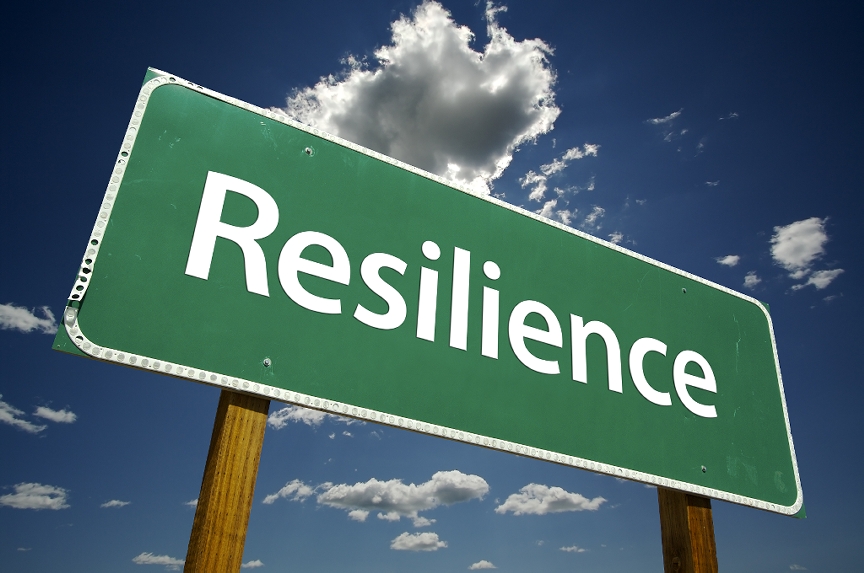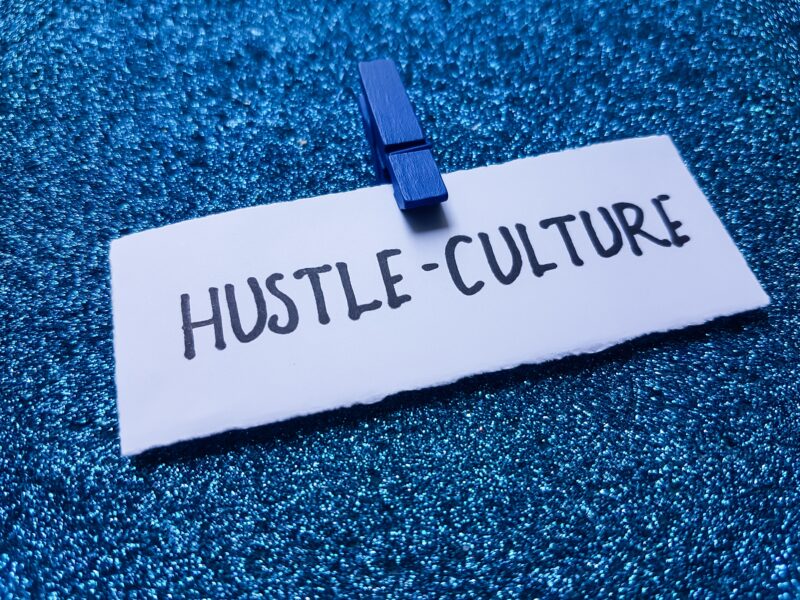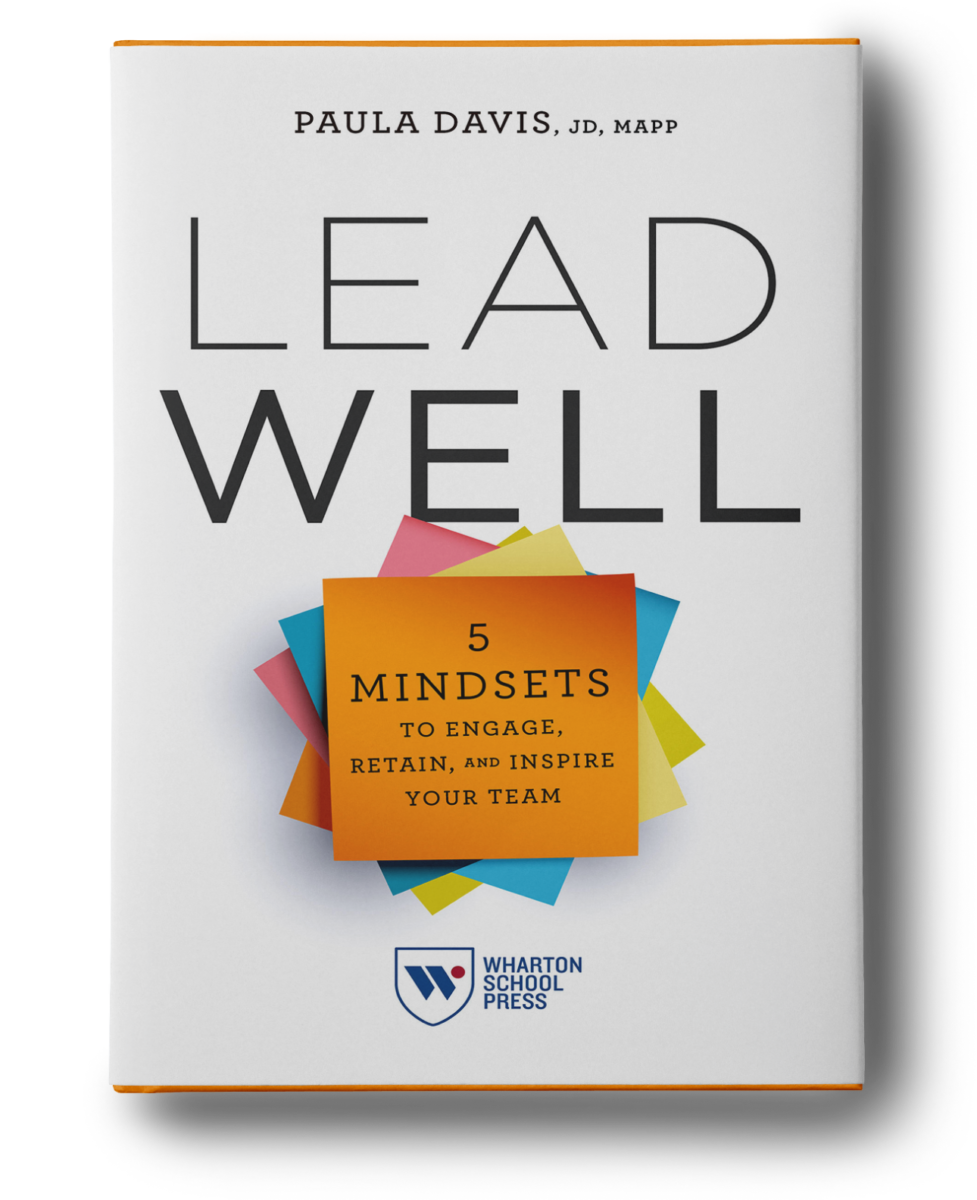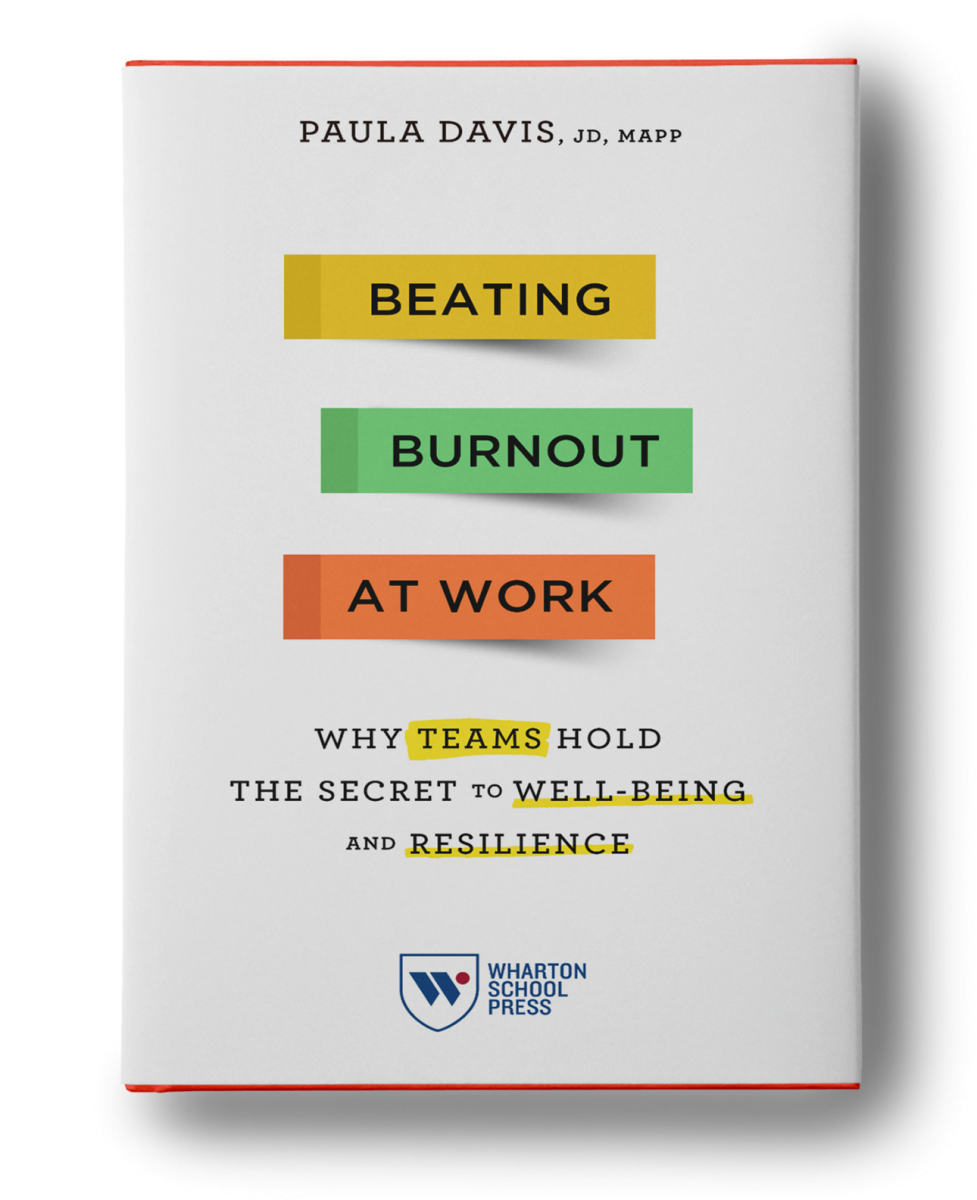Only a handful of years ago, I didn’t really even know what resilience was. Sure, it was this thing people said they had when life got rough, but it wasn’t until I studied the concept formally during my master’s program that I realized that it can be taught and practiced and applied to so many areas of life.
In the last five years alone, my resilience practice has helped me to fully recover from the burnout I experienced at the end of my law practice, manage the stress of starting and running my own business, and process the heartache of infertility and the subsequent unknowns involved with adopting our daughter.
I’ve been so fortunate to help teach resilience skills to U.S. Army soldiers and their spouses, along with thousands of other busy professionals – this work is my calling.
Here is what resilience is and how it’s developed:
I define resilience as a person’s capacity for stress-related growth, and there are two key aspects to resilience. The first is durability or hardiness – effectively managing life’s everyday stressors and challenges, such as running out of a meeting at the last minute to pick up your child from daycare or surviving the long TSA lines at the airport without flipping out.
The second is bouncing back – the capacity to effectively recover and grow from big life adversities, like death or divorce. Sheryl Sandberg focused on the bounce back aspect of resilience in her commencement speech, but it’s just as critical to develop resilience for life’s every day hassles.
Your resilience muscles get built when you focus on specific skills in the following three categories:
Think Differently
In order to develop resilience, you have to understand how you think about adversity, stress, and challenging situations. Sandberg talked about the three P’s from Dr. Martin Seligman’s work – personalization, permanence and pervasiveness. In short, when something goes wrong (anything from a flat tire to something far more serious), people with a more pessimistic way of explaining those events think, “This will be around forever, it will impact multiple areas of my life, and it’s all my fault.” Your explanations range from optimistic to pessimistic and fall along a continuum. Dr. Seligman’s research has shown that consistent pessimistic explanations are associated with an increased likelihood of depression, anxiety, hopelessness and helplessness.
Your “inner critic” also drives other counterproductive thinking styles like catastrophizing, having a fixed mindset, perfectionism, and other thinking traps. The good news is that I can teach and coach you how to turn your inner critic into your inner coach and get your thinking working for you in a more productive way.
SKILL TO TRY: When you are stuck thinking in a counterproductive way, ask yourself one of these questions to help you reframe your thinking:
- How will I feel about this a year from now?
- Where do I have a measure of control, influence or leverage in this situation?
- What would I tell my friend/partner/child if he or she was in the same situation?
- What impact is this thinking having in my life?
Connect More
Developing high-quality relationships is critical to a happy, healthy and resilient life. High-quality relationships provide four key benefits: they are empowering, they provide a sense of trust, you can be your authentic self, and they are built on respect. It’s also important to be aware of who you surround yourself with as your connections directly influence your happiness. Social networks have clusters of happy and unhappy people within them that reach out to three degrees of separation…Each additional happy friend increases a person’s probability of being happy by about 9%. Research being done in the field of neuroscience also shows that emotions are contagious. “Mirror neurons” in our brains literally catch another person’s mood, much like catching a cold.
SKILL TO TRY: The most basic skill to help you build more effective relationships is the 10/5 rule. If you’re within 10 feet of another person, look at them and acknowledge that you see them and if you’re within five feet, say hello. While this may seem silly and even overly simplistic, try it. Many of us wander around work and life either distracted or tethered to some type of electronic device, so I suspect you’ll find this harder to put into practice than you might think.
Stay Inspired
Meaning is closely linked with intrinsic motivation, and studies show that not all goals and aspirations are equally beneficial for psychological health and happiness. In one such study, researchers compared adults who chose life goals with extrinsic aspirations (based on money, fame and image) with adults who chose life goals with intrinsic aspirations (personal growth, close relationships, community involvement, and physical health). The adults with intrinsically motivated goals reported higher levels of life satisfaction and well-being and lower levels of anxiety and depression upon goal attainment. The adults with extrinsically motivated goals reported higher levels of anxiety and depression upon goal completion. They thought achieving these “profit” based goals would make them happier, and in the end, it didn’t.[i]
At work, meaning is increased when employees connect to their “end user.” Companies who place enough emphasis on “end user” connection see some amazing results:
** When university call center employees actually met scholarship recipients (and realized how their work had an impact), they became motivated to work harder; in fact, their weekly revenue increased 400%![ii]
** When a patient’s photo was included in the file received by radiologists, they wrote 29% longer reports and made 46% more accurate diagnoses.[iii]
** When nurses assembling surgical kits met the health-care practitioners who would use their kits, the nurses worked 64% more minutes and made 15% fewer errors than those nurses who did not meet the “end user.”[iv]
Meaning matters in other ways as well. People who believe that their lives have meaning and purpose share a whole host of healthy benefits: they are happier, feel more in control over their lives, feel more engaged at work (and high engagement usually means less burnout), report less depression and anxiety and less workaholism.[v]
SKILL TO TRY: Create a bigger-than-self goal. A bigger-than-self goal is less about the objective goals you have like working a set number of hours; rather, it’s more about how you see yourself within your community (which could mean in your company, family, or larger community). Ask yourself what is it that you want to contribute and how do you want to make an impact? When people are connected to bigger-than-self goals, they are more hopeful, curious, grateful and inspired. Not surprisingly, they also show greater well-being and satisfaction with their lives.[vi]
Stress and adversity is a consistent theme of life. Simple tools will help you become more resilient to both the small and large adversities life throws your way.
Want to know more? Download my free “Is It Stress or Is It Burnout” strategy guide here. You can also learn about my speaking and training programs here.
ADDITIONAL REFERENCES:
[i] Christopher Niemiec, Richard M. Ryan, & Edward L. Deci, The Path Taken: Consequences of Attaining Intrinsic and Extrinsic Aspirations in Post-College Life. 73(3) J. Res. Personality 291-306 (2009). See also Daniel H. Pink, Drive: The Surprising Truth about What Motivates Us 142-143 (New York, NY: Riverhead Books 2009).
[ii] Adam M. Grant, et al., Impact and the Art of Motivation Maintenance: The Effects of Contact with Beneficiaries on Persistence Behavior. 103(1) Org. Behav. & Hum. Decision Processes 53-67 (2007). See also, Adam M. Grant, Outsource Inspiration, in How to Be a Positive Leader 22-31 (Jane E. Dutton and Gretchen M. Spreitzer eds., 2014) San Francisco, CA: Berrett-Koehler Publishers, Inc.
[iii] Y.N. Turner, I. Hadas-Halperin, & D. Raveh, Patient Photos Spur Radiologist Empathy and Eye for Detail. Paper presented at the annual meeting of the Radiological Society of North America, Chicago, IL. (2008).
[iv] Nicola Bellé, Experimental Evidence on Relationship between Public Service Motivation and Job Performance. 73(1) Pub. Admin. Rev. 143-153 (2013).
[v] Michael F. Seger, Meaning in Life, in Handbook of Positive Psychology 2nd Ed. 679-687 (Shane J. Lopez and C.R. Snyder eds., 2009) New York: Oxford University Press.
[vi] Jennifer Crocker & Amy Canevello, Consequences of Self-Image and Compassionate Goals, in Advances in Experimental Social Psychology Vol. 45 232-273 (Patricia Devine and Ashby Plant eds. 2012) New York, NY: Elsevier Publishers. See also, Kelly McGonigal, The Upside of Stress (New York, NY: Avery 2015). Dr. McGonigal uses the term “bigger-than-self” goals in her book.







